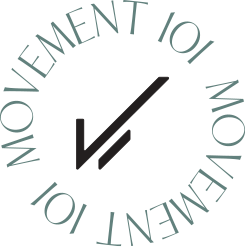|
What is it patellofemoral pain syndrome (PFPS)?
Our knees are complex joints, designed to provide stability from side to side and smooth movement forwards and back as you walk, kick and run. The patella, or kneecap, is a small bone embedded in the tendon of the quadriceps muscle that protects the knee and also provides extra leverage to the quadriceps, amplifying their strength. The patella moves up and down in a groove at the front of the knee as the knee bends and straightens. Usually this movement is smooth, with little friction, however, occasionally the soft tissue between the kneecap and the knee can become irritated, causing pain in a typical pattern. This condition is often referred to as ‘runner’s knee’, PFJ Syndrome or patellofemoral pain syndrome (PFPS).it. What causes patellofemoral pain? The patella usually sits in a balanced position in the shallow groove at the front of the knee and moves easily without friction. The patella is attached to the quadriceps muscle at the top and connected to the lower leg via the patella tendon at the bottom. When the quadriceps contracts, this pulls on the patella and acts to straighten the knee. There's a number of factors which play an important role on how the patella, quadriceps tendon and surrounding soft tissue is loaded. Commonly we see people with deconditioned gluteal muscles or overpronating feet who end up suffering from patellar pain. But it's important to understand that on their own these aren't necessarily harmful characteristics. What normally ends up triggering pain is the load that we are putting our knees through and whether they can withstand those loads. Often this all starts with training load errors or badly planned training regimes.
What are the symptoms?
This condition is characterized by pain felt around the patella with activities that require repetitive bending of the knee. The pain may be on the inner side, outer side or underneath the patella. There may be a sensation of, clicking or grinding and some people report that their knee suddenly gives way. The pain is commonly felt when running, going up and down stairs or when doing squats and is relieved with rest. The pain may start as a small niggle and gradually become worse over time. How can physiotherapy help with Patellofemoral pain? The first step in effective treatment is to exclude any other conditions and have a physiotherapist confirm the diagnosis. Your physiotherapist is able to determine which factors are contributing to this condition, which could include poor posture, a lack of arch support in your feet or poor running technique. Once these factors have been identified, you will be provided with a specific treatment program to best approach your condition. PFP syndrome is usually an overloading injury so it responds well to load management strategies like relative rest and progressive reloading. Biomechanical analysis and correction of any muscular weakness may also be important. Having the correct shoes and orthotics can also make a huge difference. There are some short-term treatments, such as patella taping and manual therapy which may help alleviate symptoms quickly and keep you active while you address the other factors contributing to your pain. Comments are closed.
|
AuthorWrite something about yourself. No need to be fancy, just an overview. Archives
April 2024
Categories |
|
|
|


 RSS Feed
RSS Feed









